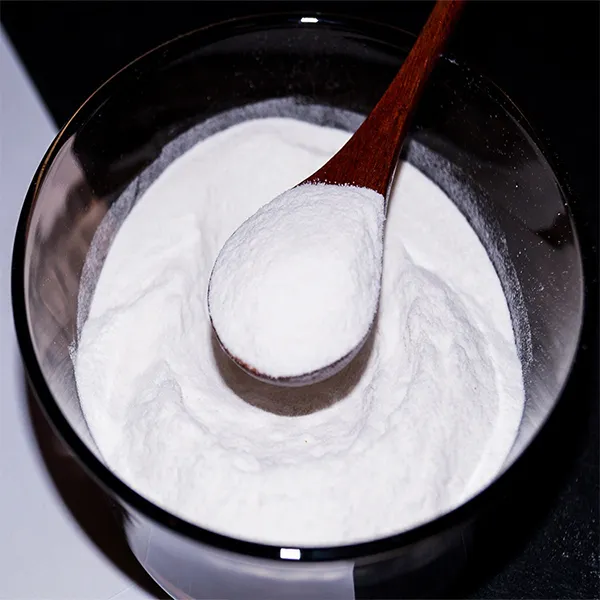Understanding Tylose Powder A Versatile Food Additive
Tylose powder, commonly known in the food industry as hydroxypropyl methylcellulose (HPMC), is a cellulose derivative that has gained significant attention due to its versatile applications. This white, odorless powder is primarily derived from natural cellulose, making it an appealing option for various food products. Its unique properties have made it a key ingredient in the formulation of numerous food items, ranging from sauces and dressings to bakery goods and frozen desserts.
The Composition and Characteristics of Tylose Powder
Tylose powder is synthesized through a chemical process that modifies cellulose, resulting in a compound with distinct water-retention and gelling properties. One of its main attributes is its ability to form stable gels when mixed with water, making it an ideal thickening agent. Moreover, it improves the texture and mouthfeel of food products, enhancing their overall sensory appeal.
In addition to its thickening capabilities, Tylose powder exhibits excellent emulsifying properties. This makes it highly effective in preventing the separation of ingredients, particularly in products like salad dressings and sauces, where consistent texture is crucial. Its ability to enhance moisture retention also plays a critical role in extending the shelf life of baked goods, keeping them fresh and preventing staleness.
Applications in the Food Industry
The applications of Tylose powder in the food industry are varied and widespread. In the realm of baking, it is often incorporated into bread and pastry formulations to improve dough stability and texture. The powder helps to retain moisture during the baking process, resulting in softer, more resilient products.
tylose powder

Moreover, Tylose powder is commonly used in dairy products. It acts as a stabilizer in yogurt, preventing whey separation and ensuring a smooth consistency. In the production of ice creams and frozen desserts, it is employed to create a creamy texture while minimizing ice crystal formation, which can lead to a grainy mouthfeel.
Another significant application is in the production of gluten-free products. As gluten-free diets gain popularity, Tylose powder serves as a binding agent, helping to replicate the elasticity that gluten provides to traditional baked goods. This functionality is particularly vital in gluten-free bread and pizza crusts, where the absence of gluten can result in a dry and crumbly texture.
Health and Safety Considerations
Tylose powder is generally recognized as safe (GRAS) by regulatory bodies, including the U.S. Food and Drug Administration (FDA). It is inert, non-toxic, and has low allergenic potential, making it suitable for a wide variety of consumers. Additionally, it has a low caloric value, contributing only minimally to the overall calorie count of food products.
However, it is essential for manufacturers to use Tylose powder judiciously. While it offers numerous benefits, excessive use can lead to undesirable textures and flavors. Therefore, formulation optimization is crucial to achieving the desired product characteristics.
Conclusion
In summary, Tylose powder is a multifaceted ingredient that significantly enhances the quality and stability of numerous food products. Its unique properties as a thickening, gelling, and emulsifying agent make it a staple in the food industry, particularly for bakery, dairy, and gluten-free applications. As consumer preferences continue to evolve, the demand for such versatile additives is likely to grow, paving the way for innovative product development that meets the ever-changing needs of the market. Whether in a slice of bread or a creamy dessert, Tylose powder is undoubtedly a valuable ally in the quest for superior food quality and consistency.
-
Rdp Powder: Key Considerations for Wholesalers in the Building Materials IndustryNewsJul.08,2025
-
Key Considerations for Wholesalers: Navigating the World of Hpmc - Based ProductsNewsJul.08,2025
-
Hpmc Detergent: Key Considerations for WholesalersNewsJul.08,2025
-
Key Considerations for Wholesalers: China Hpmc For Tile Adhesive, Coating Additives, Concrete Additives, and MoreNewsJul.08,2025
-
Crucial Considerations for Wholesalers: Navigating the World of Construction MaterialsNewsJul.08,2025
-
Key Considerations for Wholesalers Sourcing Additive For Cement, Additive For Concrete, Additive For Putty from Additive Manufacturer Shijiazhuang Gaocheng District Yongfeng Cellulose Co., Ltd.NewsJul.08,2025




